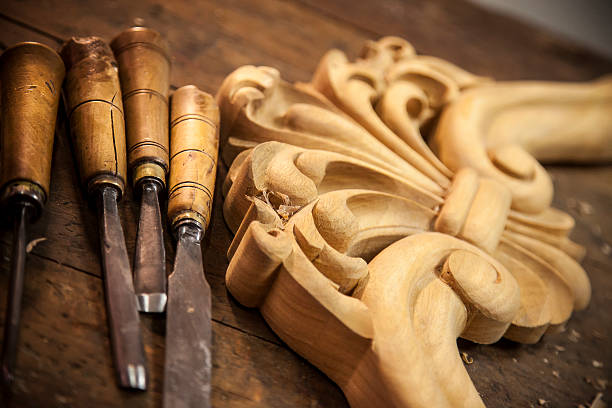Wood carving is a kind of folk art that is classified by its materials. General selection of fine and flexible, not easy to deform tree species such as basswood, birch, nanmu, cypress wood, ginkgo, aloes, mahogany, longan, and other wood carvings usually also refers to the wood carving crafts.
Wood carving and furnishings are small works of art displayed and arranged on cabinets, tables, and coffee tables for people to appreciate, which play the role of embellishing and beautifying the environment and giving people the enjoyment of beauty.
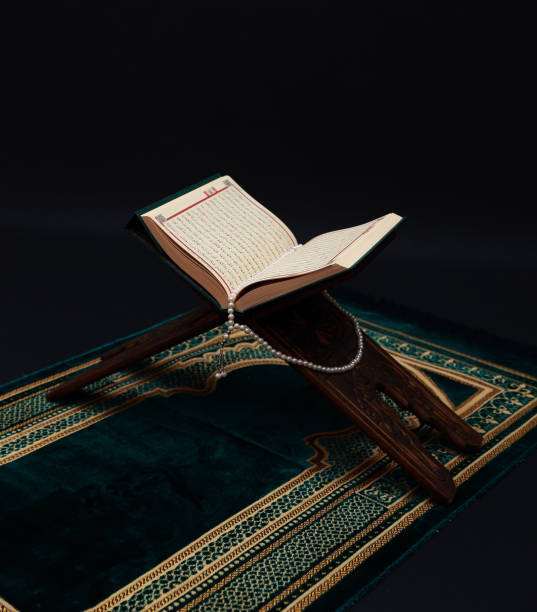
To make a wood carving craft, you need the following technical requirements:
Chisel rough blank: the rough blank is the basis of the whole work; it is a concise geometric form to summarise all the details in the idea of modeling: requirements to achieve a level, a dynamic force, proportional coordination, a stable centre of gravity, a strong sense of the overall, and the initial formation of the work of the outline and the outline.
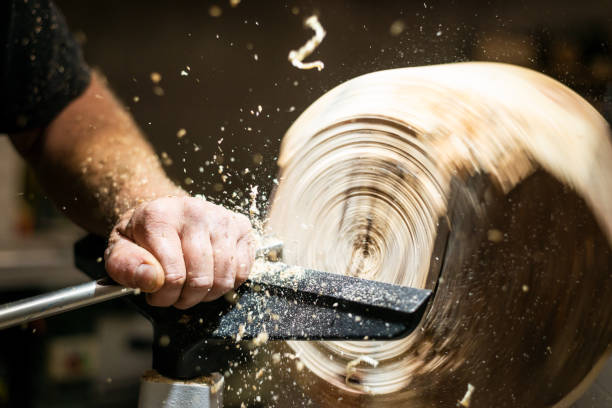
Digging fine blanks: first, from the whole point of view, adjust the proportion and various layouts, and then the characters and other specific forms and features, such as limbs, clothing, props, and so on, gradually implemented and formed, to leave room for repair light. At this stage, the volume and lines of the work have become clear, so the knife technique is required to be mellow and smooth, and there should be full expression.
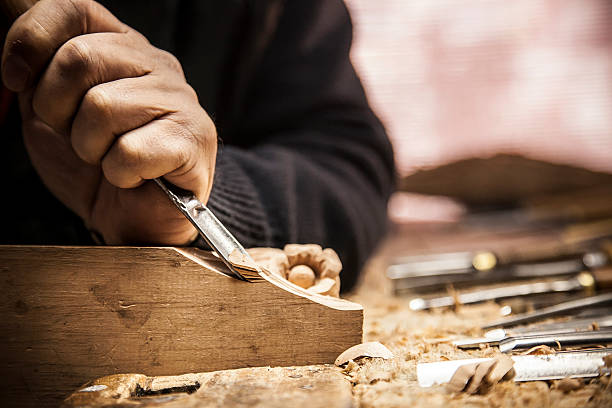
Polishing: The purpose of polishing is to use the method of fine carving with a thin knife and a close piece to trim the cut marks and scale in the fine blank so that the surface of the work is fine and perfect. The blade is required to be clear and fine, round or straight, and strive to show the subtle end of each part and its texture.
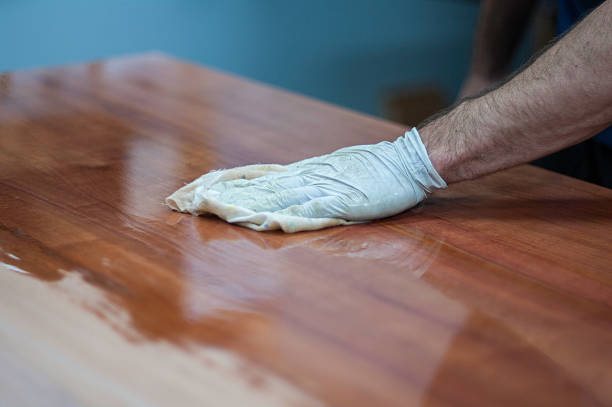
Grinding: According to the needs of some works, the white wood carving is smoothed with different thicknesses of woodworking sandpaper. It is required to use coarse sandpaper first, then fine sandpaper. Polish repeatedly along the direction of the wood fibre until the knife marks disappear and the beautiful wood grain is displayed. Pay attention to keeping the outline of the work clear and smooth.
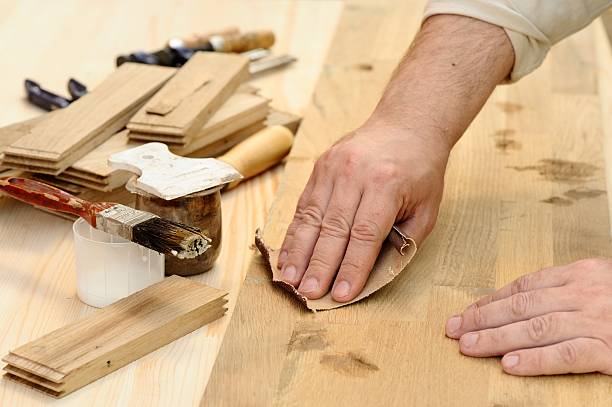
Coloring and glazing: Coloring is used not only to make up for the deficiencies or defects of some materials but also to enhance the richness of the texture of the materials and the formal beauty of the work. Therefore, the colouring of the work should be determined as appropriate, and the beauty of the wood grain should be reflected as far as possible. The colour should be deep and bright, in line with the beauty of natural wood. The purpose of glazing is to moisten the wood, make the works bright, and also play the role of anti-fouling for long-term preservation, so uniform penetration is required.
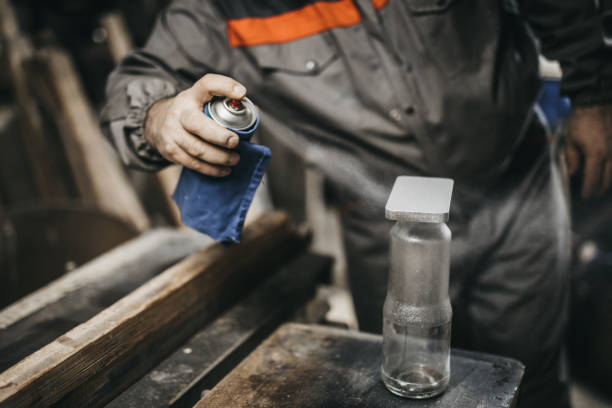
Configuration base: The base is not only the support for the main body but also an integral part of the sculpture. Therefore, the shape and scale of the base are required to complement the content and form of the work. Curvy and lively works can be set off by a simple and plain base, while simple or solemn works can be carved on the base.


